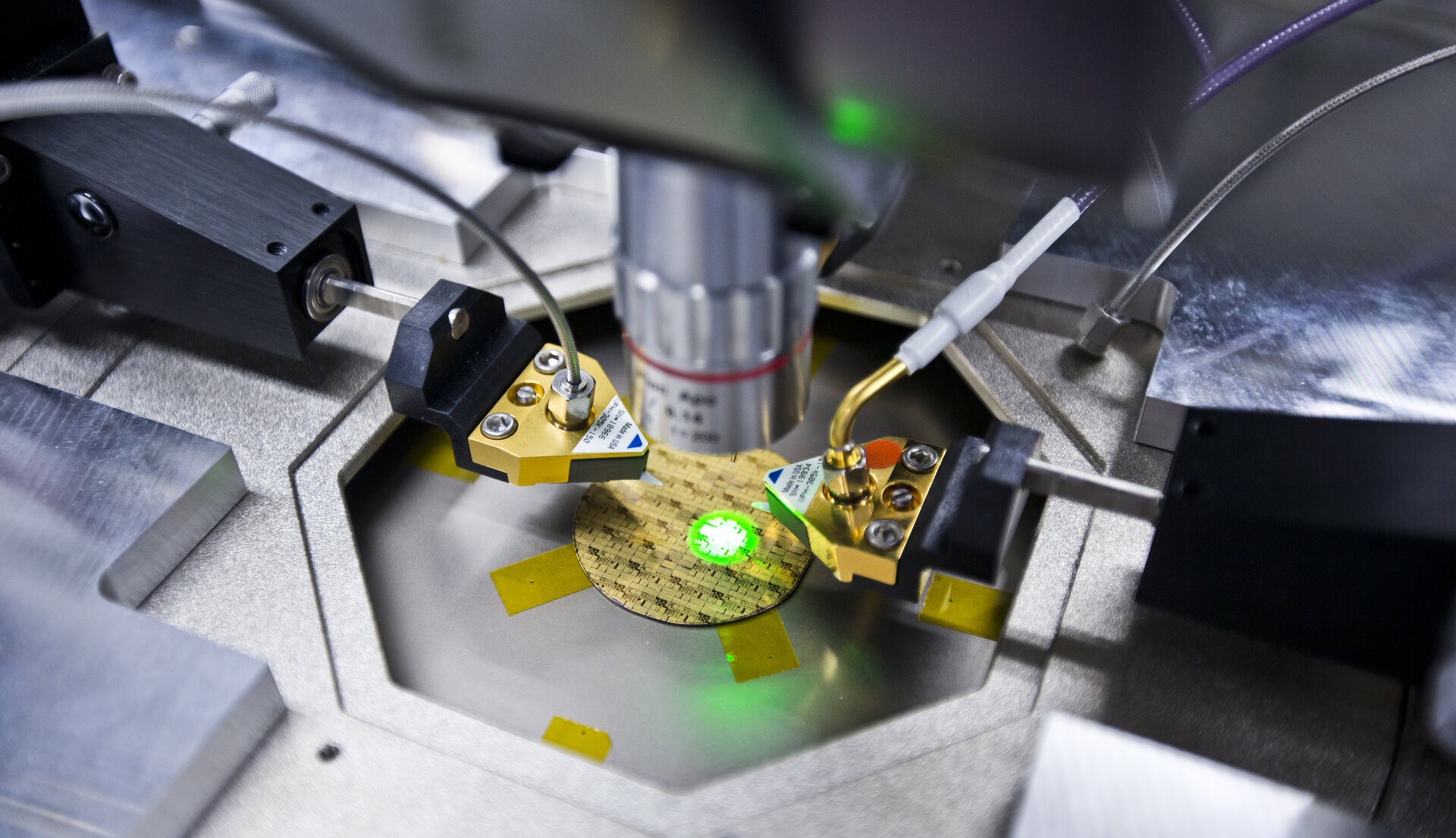Can Integrated Avionics from Aviation Industry be Applied to Space?
To address the increasing complexity of spacecraft avionic ESA have explored technological solutions adopted by the aviation domain for this purpose.
Integrated Modular Avionics (IMA) is a concept developed for the aeronautics industry to manage the growth in functionality and efficiency required as the industry grows. The purpose of IMA is to define an integrated system architecture to preserve the advantages of the most-used architectures, namely fault containment and multi-vendor issues, for example safety or parallel development and validation. This concept has been used since the early 1990s and has such a well-developed maturity level that it is flying today on the latest generation of large aircraft. The industry also use a system called time and space partitioning (TSP).
Integrated Modular Avionics for Space (IMA-SP) is a spin-in of the corresponding concept for spacecraft avionics. It aims to manage the increasing amount of mission functions embedded in the on board software while saving on mass, volume and power through a higher level of integration and sharing of computing resources.
The Spectrometer Telescope for Imaging X-rays (STIX) is one of 10 instruments on board Solar Orbiter. STIX is providing imaging spectroscopy of thermal and non-thermal solar X-ray emissions. The decision to convert this instrument's flight software to an IMA-SP application with IMA-SP shared resource architecture yielded a payload software that could potentially be used in future spacecraft.
IMA-SP is foreseen as a possible technical solution for future missions, specifically for scientific missions. This is because combining different software criticality on the shared hardware reduces the computing power needed, reduces the complexity of software needed and prevents the crash of one applications affecting others running.
Recently, ESA has launched several studies to explore possible solutions to implement IMA-SP in a form of serperation kernals – a way of providing the basic functionality needed to enforce time and space partitioning without affecting communications between the applications in different partitions. These studies defined the roles and interfaces needed for software development in a partitioned environment.
A GSTP Element 1 activity with Evolving Systems Consulting, Czech Republic, has built on this framework to further develop IMA-SP processes and roles and understand how they can be implemented and integrated. The activity defined a use case for in-flight hosting of a payload to demonstrate the feasibility of the concept.
The original ESA study dates back to 2012 selected the TSP product, XtratuM for future space applications. Unfortunately, the Evolving Systems activity found that this product is, as of 2021, completely obsolete and introduces several limitations. Generally speaking, the environment is not an easy one to master, as it encompasses not only the XtratuM configuration and building chain, but also a whole on-board software (from PROBA), additional partitions for the purpose of the demonstration, an test environment and finally the integration of a payload software. All of these elements are largely outdated today and were not meant for being maintained over so many years.
Notably, the GSTP activity was based on a singlecore processor, for which utilisation of multiple applications is always limiting. But recently multi-core processors have spread around the world. If the multi-core processor is used, more interesting scenarios can be considered, such as having the IMA-SP Platform executed on one dedicated core while the remaining cores can be utilised by payloads, which may reduce the risks found in partition scheduling.
G617-150SW completed in May 2021.


